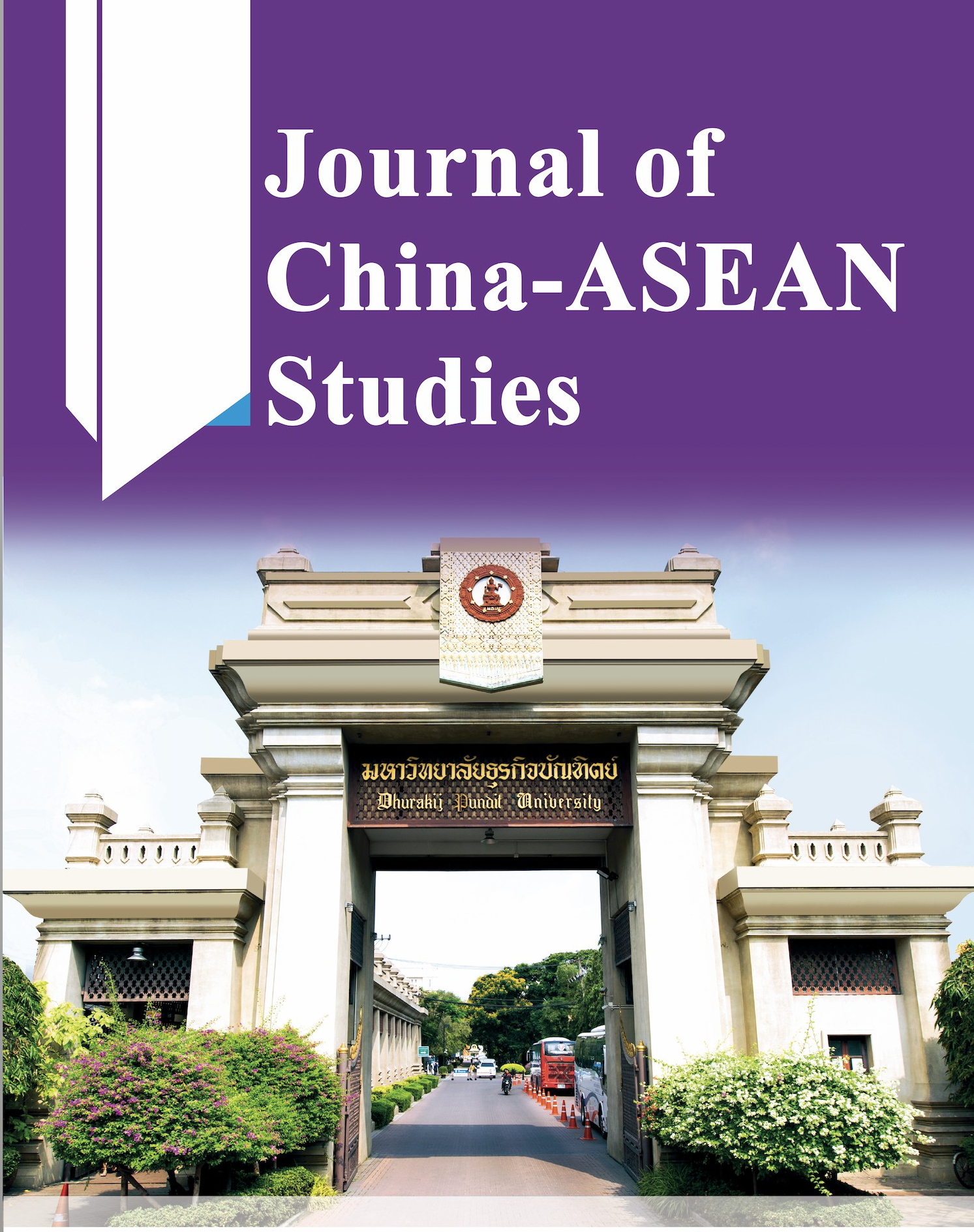The Path and Strategy of High-Quality Development of Underdevelopment Area Elementary Education: A Case Study Based on “Double Hundred Projects” in Guizhou, China
Keywords:
Underdevelopment Area, Guizhou China, Elementary Education, Project SystemAbstract
Improving the quality of basic education in underdeveloped regions is a global issue, and
the purpose of this study is to explore existing experiences and provide solutions that can be
used as references. China's economically impoverished province of Guizhou Province has
implemented a five-year "Double Hundred Project" project in ethnic minority areas, and the
government has provided financial funds for the construction of the project and purchased
professional services through market mechanisms. This educational program provides an
empirical basis for this research. Through the case analysis of school surveys, interviews,
classroom observations and other methods, this study conducted a policy evaluation study on
the project, and found that the well-designed "Double Hundred Project" is like "drip irrigation",
which concentrates resource advantages and accurately supports the project objects, so that
they can change the project objects in a short time; The institutional design of the third-party
professional services supporting the project has helped the project object to realize the sinking
of high-quality professional resources, and maximized the educational benefits of limited
financial funds. It has changed the routine practice of "emphasizing quantity but not
guaranteeing quality" and the disconnection between teacher training and teaching site, and
innovated the teacher training model. It provides useful reference and enlightenment for
supporting the design of high-quality basic education projects in underdeveloped areas
References
陈晓菲(2019)。加拿大基础教育质量保障体系探析——以安大略省为例。集美大学学报,2。53-60。doi:10.3969/j.issn.1671-6493.2019.02.009 道客巴巴(2022)。《贵州省整体提升教育水平攻坚行动计划(2021-2030)》。https://www.doc88.com/p-33673998390721.html
辜德宏(2021)。新时代我国竞技体育发展中社会和市场力量的培育路径研究。武汉体育学院学报,55(03)。20-27+35。doi:0.15930/j.cnki.wtxb.2021.03.003
关晓铭(2020)。项目制:国家治理现代化的技术选择——技术政治学的视角。甘肃行政学院学报,5。87-102+127。doi:CNKI:SUN:GSXX.0.2020-05-009
贵州省人民政府门户网站(2015)。省人民政府办公厅关于转发省教育厅、省民宗委《 贵州省加快发展民族教育实施方案》的通知https://www.guizhou.gov.cn/zwgk/zfgb/gzszfgb/201512/t20151229_70522424.html?isMobile=true
何秀超(2019)。着力构建新时代基础教育质量保障体系。人民教育,7。45-48。doi:CNKI:SUN:RMJY.0.2019-07-018
胡昳昀和范丽珺(2021)。墨西哥基础教育阶段质量保障改革研究。郑州师范教育,1。33-40。doi:CNKI:SUN:ZSFJ.0.2021-01-007
胡彦如(2021)。贵州省基础教育质量监测机构现状调查。贵州教育,23。35-36。doi:0.3969/j.issn.0451-0038.2021.23.011
黄崇岭(2016)。德国巴伐利亚州基础教育质量保障研究。世界教育信息,24。57-60。doi:CNKI:SUN:JYXI.0.2016-24-024
景应忠(2020)。用“双百工程”赋能贵州教育新特色。中国民族教育,9。38-40。doi:10.16855/j.cnki.zgmzjy.2020.09.020
廖朝芬(2019)。贵州少数民族农村地区义务教育学生厌学及教师解决厌学问题的对策探讨。教师,17。100-101。doi:CNKI:SUN:JAOS.0.2019-17-051
王清(2017)。项目制与社会组织服务供给困境:对政府购买服务项目化运作的分析。中国行政管理,04。59-65。doi:CNKI:SUN:ZXGL.0.2017-04-012
杨红军(2020)。东京都基础教育质量保障改革:应对“宽松教育”与面向未来。比较教育研究,1。46-52。 doi:CNKI:SUN:BJJY.0.2020-01-007
尤铮(2019)。质量保障视野下荷兰基础教育评价体系研究。比较教育研究,9。103-110。doi:10.3969/j.issn.1003-7667.2018.09.014
谢妮(2016)。中小学教师继续教育政策执行机制实证研究。贵州师范大学学报(社会科学版),2。122-129。doi:10.16614/j.cnki.issn1001-733x.2016.02.013
周正和宁宁(2021)。推荐黑龙江高质量农村基础教育保障体系建设的实践路径。奋斗,5。32-35。doi:10.16634/j.cnki.cn23-1001/d.2021.05.009
谢舜、王天维(2021)。社会组织的嵌入性与本土化培育。江汉论坛,5。131-138 doi:CNKI:SUN:JHLT.0.2021-05-018
许丹(2020)。贵州民族教育“双百工程”实施措施及宝贵经验探析。人文与科技(第五辑)贵州民族大学人文科技学院会议论文集,(06-13),177-185。doi:10.26914/c.cnkihy.2020.050813
姚金伟(2016)。项目制与服务型政府转型:制度演化中的异化。中国行政管理,9。28-33。doi:CNKI:SUN:ZXGL.0.2016-09-008
詹中志、杨跃鸣(2019)。双百工程:贵州民族教育的突破性工程。中国民族教育,10。59-60。doi:10.16855/j.cnki.zgmzjy.2019.10.020
周翠萍、范国睿(2011)。政府购买教育服务何以可能。教育学报,1。93-97。doi:10.14082/j.cnki.1673-1298.2011.01.011
邹联克(2018)。贵州教育步入新时代,慢不得。教育论坛,12。3- 6。http://www.cnki.com.cn/Article/CJFDTOTAL-GUIZ201812002.htmEuropean Commission (Ed.) (2022). Quality assurance in early childhood and school education. https://eurydice.eacea.ec.europa.eu/national-education-systems/france/quality-assurance-early-childhood-and-school-education European Commission (Ed.) (2023). Quality assurance in early childhood and school education. https://eurydice.eacea.ec.europa.eu/national-education-systems/germany/quality-assurance-early-childhood-and-school-education






